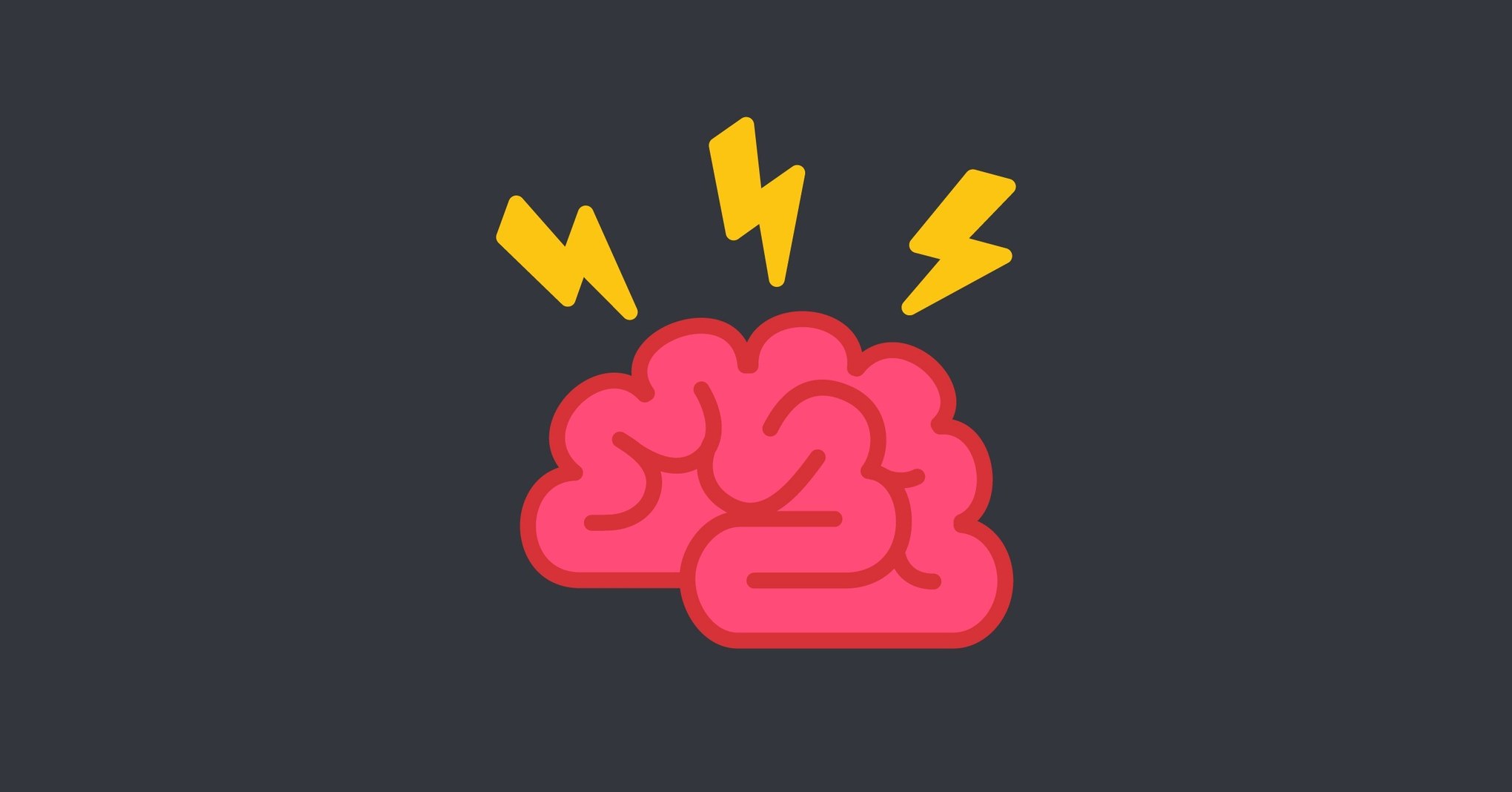First, the researchers got a sense of what it looks like when a brain memorizes stuff. As the patients read and attempted to internalize lists of words, Kahana and his team gathered thousands of voltage measurements per second from each of the implanted electrodes. Later, they tested the patients’ recall—building up data about which brain activity patterns were associated with remembering a word vs. forgetting it.
Then they did it again. And again. After two or three visits with each test subject, they’d collected enough training data to produce patient-specific algorithms that could predict which words each patient would likely remember—based on their electrode activity alone.
Here’s the kicker. These electrodes don’t just read neural activity; they can stimulate it, too. So the researchers tried prodding the brain to improve—or, as they put it, “rescue”—the formation of memories in real time. Every few seconds, the subject would see a new word, and the newly trained algorithm would decide whether the brain was ready to remember it. “A closed loop system lets us record the state of the subject’s brain, analyze it, and decide whether to trigger a stimulation, all in a few hundred milliseconds,” Kahana says.
And it worked. The researchers’ system improved patients’ ability to recall words by an average of 15 percent.
Sourced through Scoop.it from: www.wired.com



Leave A Comment